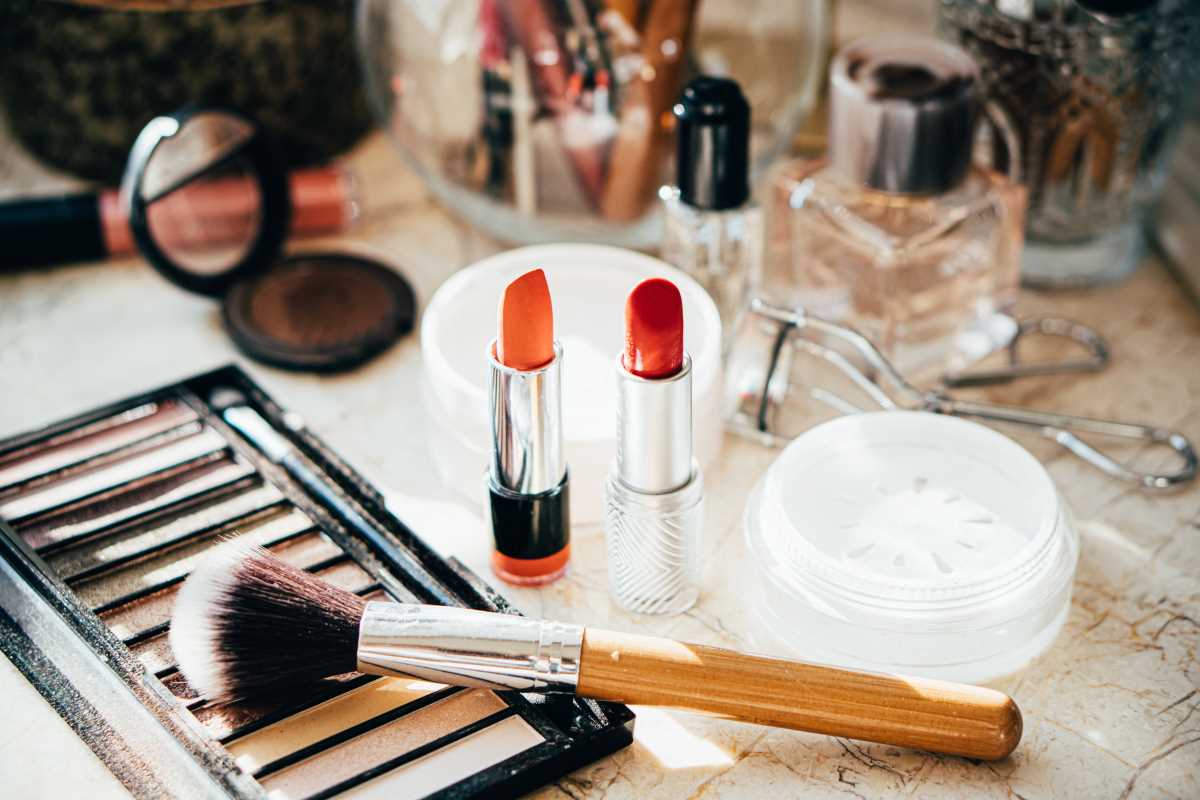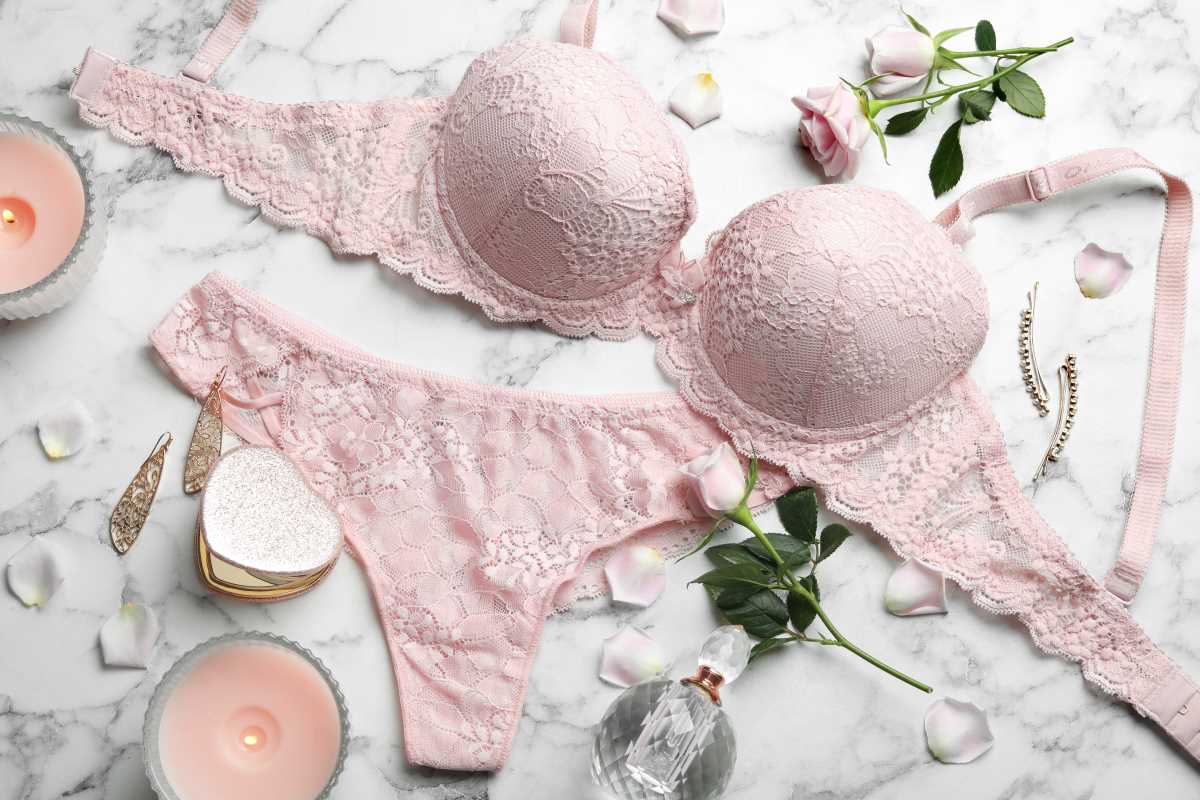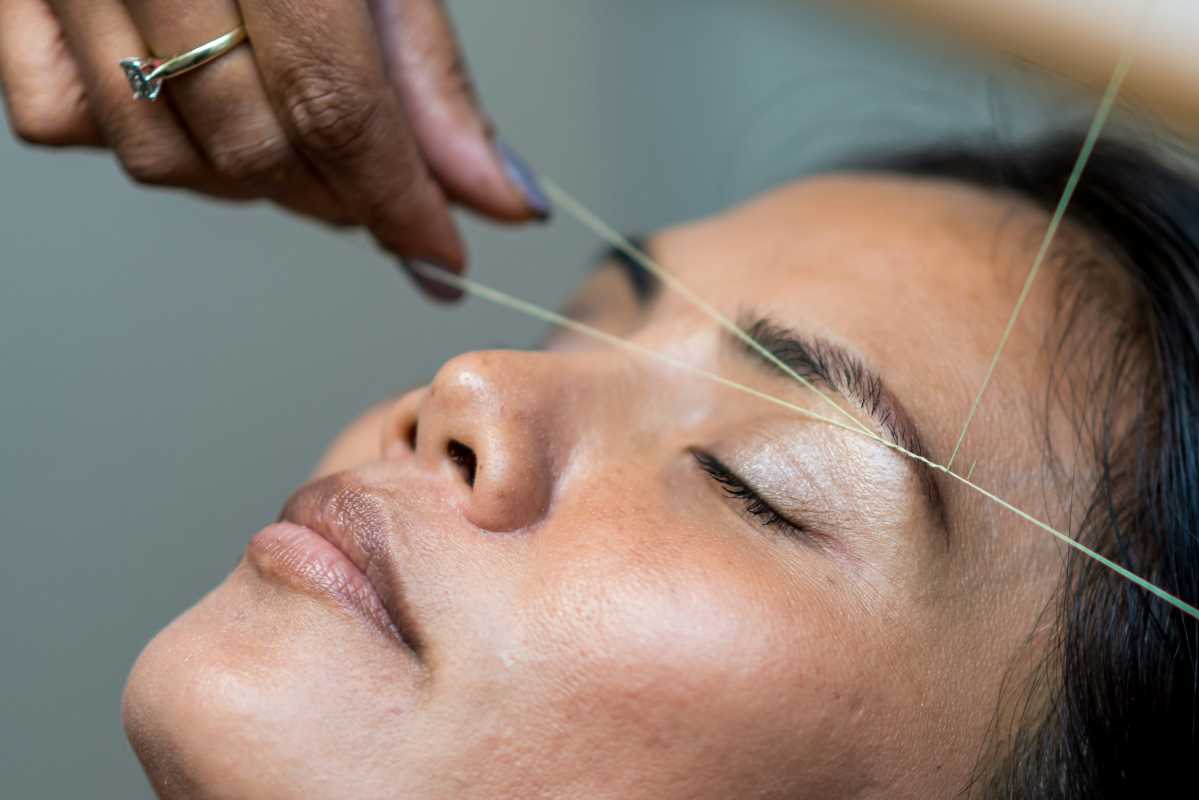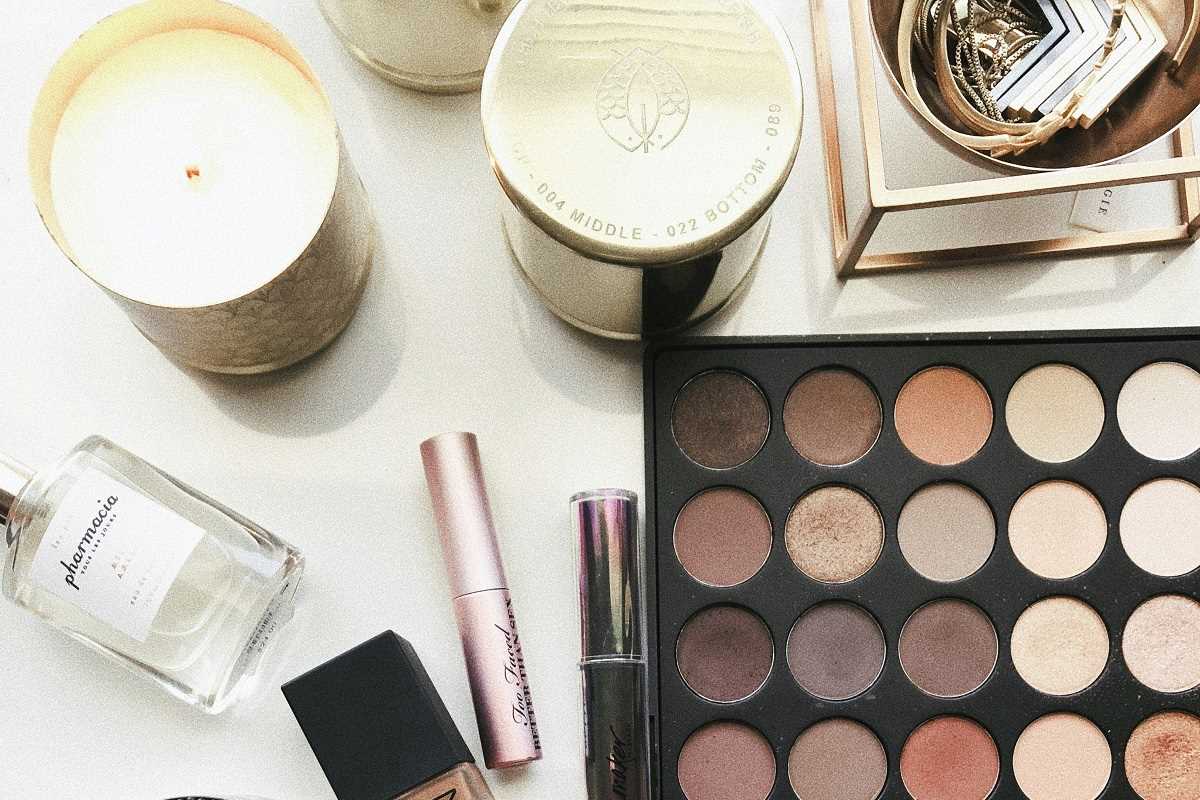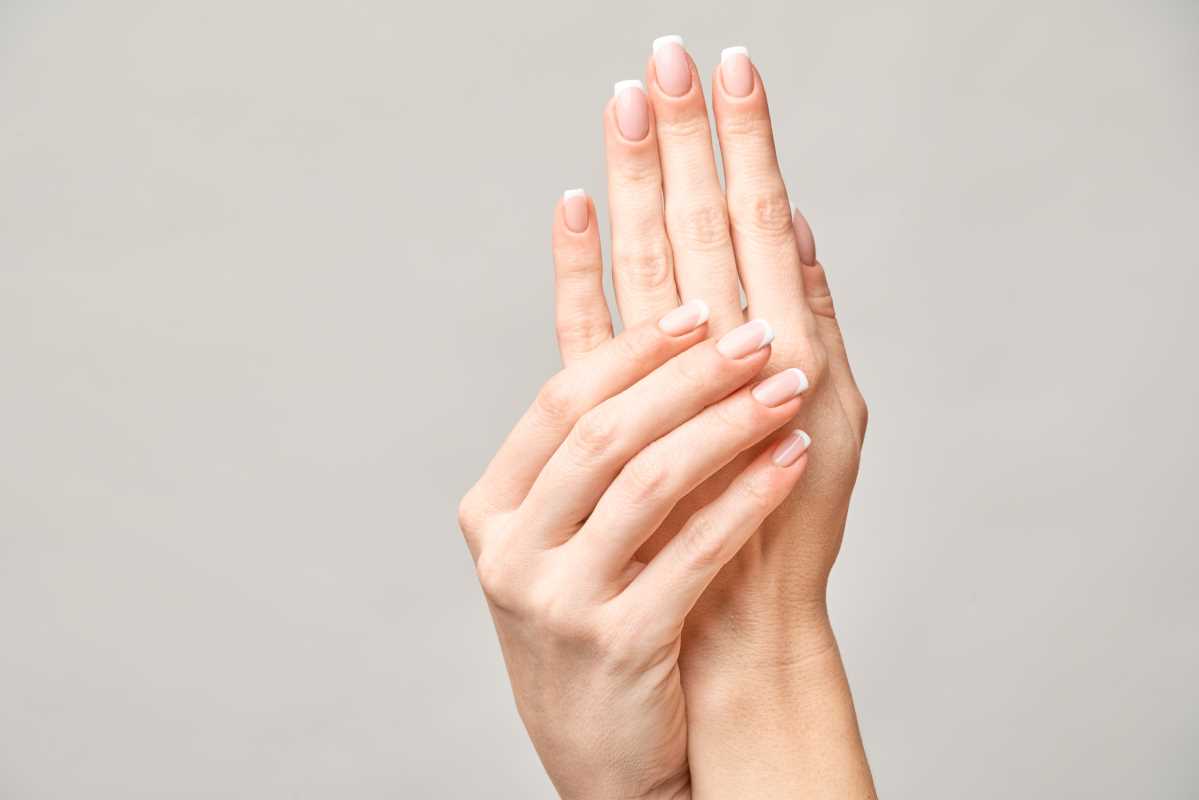A great haircut is pivotal for achieving healthy and vibrant hair, as it sets the foundation for overall hair health and style. Regular trims don’t just improve appearance; they play a vital role in maintaining the structure and strength of each strand.
By trimming away damaged ends, you’re preventing split ends from traveling up the hair shaft, which helps to avoid more extensive breakage over time. Plus, regular trims can enhance your hair's texture, giving it a smoother, fuller look, especially if your hair tends to thin or frizz toward the ends. Beyond just aesthetics, trims encourage healthier growth patterns, ensuring that new growth remains strong and manageable.
In this comprehensive guide, we’ll dive into why trims are essential for hair health, looking at how they benefit different hair textures and styles, and offering tips to help you make the most of each trim to suit your unique hair type.
Importance of Regular Trims
When it comes to hair health, regular trims are essential. A trim every 6-8 weeks is recommended to prevent split ends and breakage.
- Split ends can travel up the hair shaft, causing more damage and leading to dull, lifeless hair.
- Regular trims help maintain the hair’s freshness and health by removing damaged ends.
Trims are not just about appearance; they also enhance growth. By removing damaged ends, your hair can grow stronger and healthier. This process prevents split ends from traveling up the hair shaft, allowing your hair to retain its length while looking full and luscious. Embracing regular trims supports your hair on its journey to becoming long and healthy.
Trimming for Different Hair Types
Different hair types require varying trimming schedules. For instance, curly hair tends to be more prone to dryness and split ends. Curly-haired individuals might benefit from more frequent trims, around every 6 weeks, to maintain curl definition and manage frizz.
Straight hair, on the other hand, often shows split ends more easily. Regular trims every 8 weeks can help maintain a sleek appearance and prevent split ends from becoming noticeable. Wavy hair, a balance between straight and curly, should ideally be trimmed every 6-8 weeks to manage texture and prevent frizz.
Preventing Hair Thinning and Maintaining Volume
Regular trims play a crucial role in preventing hair thinning and maintaining volume.
- By removing split ends and damaged hair, trims help keep the hair shaft strong, reducing the likelihood of breakage and thinning.
- Keeping the ends healthy ensures that the hair appears voluminous and full of life.
Preparing for a Trim
Proper preparation can make a significant difference in the outcome of your trim. Before heading to the salon, consider washing and thoroughly detangling your hair. Clean hair allows the stylist to see the true texture and length, ensuring a more precise cut. Detangling helps in reducing breakage and allows the stylist to focus on trimming rather than untangling knots.
Choosing the Right Hairstylist
Selecting the right hairstylist is crucial for maintaining hair health through regular trims. Look for a stylist who understands your hair type and desired style. Reading reviews and seeking recommendations can help you find a professional who aligns with your needs.
Communication is key—be clear about the amount you want to take off and the style you’re aiming for. Bringing reference pictures can ensure you and your stylist are on the same page.
Post-Trim Hair Care
Using the right tools and products post-trim is essential for maintaining hair health.
- Invest in high-quality styling tools that minimize heat damage, such as ceramic or tourmaline hair dryers and straighteners.
- Ask your stylist for product recommendations that suit your hair type, such as leave-in conditioners or serums that protect against environmental damage.
- To keep your hair healthy between trims, consider adopting protective hairstyles that minimize stress on the hair shaft.
Braids, buns, and twists can protect the ends from damage and reduce breakage. Additionally, limit the use of heat styling tools to prevent heat damage. When using such tools, always apply a heat protectant to shield your hair.
Maintaining hair health through regular trims is a simple yet powerful way to keep your hair looking its best. By removing split ends, promoting growth, and preventing damage, trims play a vital role in the overall health and appearance of your hair.
Understanding the needs of your specific hair type and tailoring your trimming schedule accordingly can lead to a vibrant and healthy mane. Remember, a regular trim is more than just a haircut; it’s a commitment to the health and vitality of your hair. Prioritize your hair health with regular trims and watch as your mane transforms into its best version.


